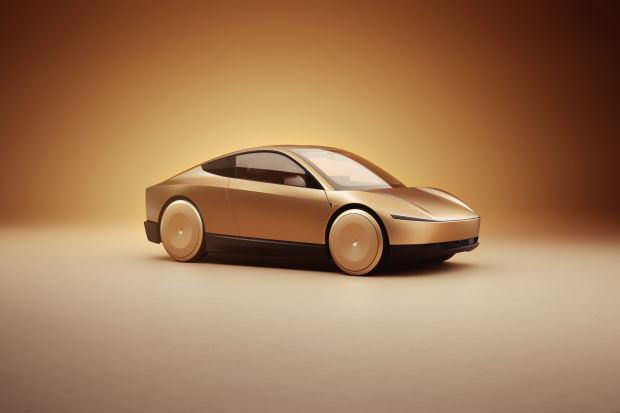
Breaking News
 1 MIN AGO: 1,872 Tractors STORM London -- Capital UNDER SIEGE Live! | News UK
1 MIN AGO: 1,872 Tractors STORM London -- Capital UNDER SIEGE Live! | News UK
 US To Withdraw From NATO? Massie Cites NATO as 'Not a Trusted Organisation Act' | WION
US To Withdraw From NATO? Massie Cites NATO as 'Not a Trusted Organisation Act' | WION
 FBI Raids Private Island Where Billionaires Hunted Humans for Sport -- 632 Dead, 12 Rescued Alive
FBI Raids Private Island Where Billionaires Hunted Humans for Sport -- 632 Dead, 12 Rescued Alive
 DRINK 1 CUP A DAY to Unclog Your Arteries
DRINK 1 CUP A DAY to Unclog Your Arteries
Top Tech News
 Build a Greenhouse HEATER that Lasts 10-15 DAYS!
Build a Greenhouse HEATER that Lasts 10-15 DAYS!
 Look at the genius idea he came up with using this tank that nobody wanted
Look at the genius idea he came up with using this tank that nobody wanted
 Latest Comet 3I Atlas Anomolies Like the Impossible 600,000 Mile Long Sunward Tail
Latest Comet 3I Atlas Anomolies Like the Impossible 600,000 Mile Long Sunward Tail
 Tesla Just Opened Its Biggest Supercharger Station Ever--And It's Powered By Solar And Batteries
Tesla Just Opened Its Biggest Supercharger Station Ever--And It's Powered By Solar And Batteries
 Your body already knows how to regrow limbs. We just haven't figured out how to turn it on yet.
Your body already knows how to regrow limbs. We just haven't figured out how to turn it on yet.
 We've wiretapped the gut-brain hotline to decode signals driving disease
We've wiretapped the gut-brain hotline to decode signals driving disease
 3D-printable concrete alternative hardens in three days, not four weeks
3D-printable concrete alternative hardens in three days, not four weeks
 Could satellite-beaming planes and airships make SpaceX's Starlink obsolete?
Could satellite-beaming planes and airships make SpaceX's Starlink obsolete?
Tesla Robotaxi Will Have 50% Fewer Parts Than Model 3

Tesla's Robotaxi concept is all about doing more with less. Whether that be parts, humans behind the wheel, or dollars spent on the car itself—the goal is to strip down the car as much as possible to drive down the cost of production.
Tesla has gotten very good at this, as it revealed at the first stop on a public showing tour of the Robotaxi at its flagship showroom at Santana Row in San Jose, California. During a discussion with the principal engineer of the Robotaxi project, it was revealed that engineers have managed to cut the number of parts in the Cybercab prototype down to just half of what's found in the production version of the Tesla Model 3 today.
"Two seats unlocks a lot of opportunity aerodynamically," said Eric, Tesla's lead engineer on the Robotaxi project. "It also means we cut the part count of Cybercab down by a substantial margin. We're going to be delivering a car that has roughly half the parts of Model 3 today."
The most obvious cost-cutting method is ditching that pesky steering wheel and pedals. Who needs those in a car that's supposed to drive itself, anyway? And while we're at it, let's just remove the entire rear seat assembly (and the two doors for the rear passengers). But there are also smaller changes, like only featuring three physical switches: two on the center console—the purpose of which has been argued to be either for the windows or doors—and one for the dome light.
Another example is the roof, which you'll notice is metal rather than glass. Folks on Twitter who were at the event say that while the metal roof may be cheaper and easier to unpack in Tesla's new "unboxing" production method, a Tesla engineer reportedly revealed that it proved to be quieter as well.
And perhaps one of the most behind-the-scenes ways that Tesla saved on parts count is the vehicle structure. According to a user on X who attended the event, the Robotaxi reportedly has just 80 parts in the body structure compared to the current Model Y's 200. Couple that with the car only supporting wireless charging and you'll quickly start to see how all of these tiny corner-cuts add up.

 First totally synthetic human brain model has been realized
First totally synthetic human brain model has been realized Mach-23 potato gun to shoot satellites into space
Mach-23 potato gun to shoot satellites into space

